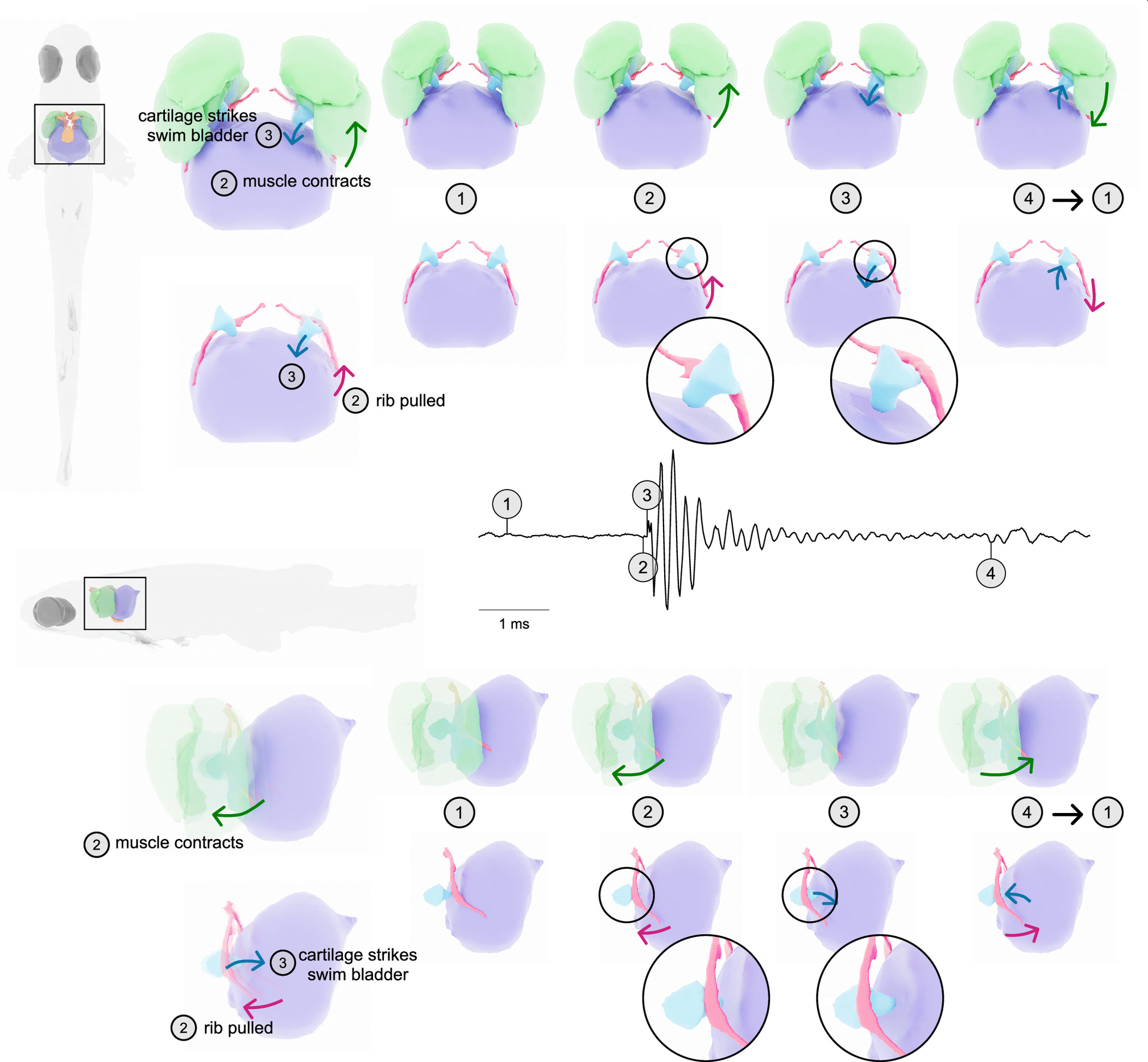When you think of the loudest noises made by the animal kingdom, maybe the first thing that comes to mind is the roar of a lion or the trumpeting of an elephant. It probably isn’t the noise made by a tiny translucent fish native to the shallow waters of Myanmar – but new research has revealed they can make a noise so loud it is comparable to a jet engine taking off.
Danionella cerebrum is a tiny fish species that measures no longer than 1.2 centimeters (0.47 inches) in total body length – however, it makes a noise of over 140 decibels, comparable to a rock concert or jackhammer pounding. The loudest sound on Earth ever recorded was said to be the eruption of Krakatoa, which was an eardrum-shattering 172 decibels even at 160 kilometers (100 miles) away.
“This tiny fish can produce sounds of over 140 decibels at a distance of 10 to 12 millimeters [0.39 to 0.47 inches] – this is comparable to the noise a human perceives of an airplane during take-off at a distance of 100 meter[s] [328 feet] and quite unusual for an animal of such diminutive size,” explained Dr Ralf Britz of the Senckenberg Natural History Collections in Dresden in a statement.
To work out quite how a fish this small can produce a noise this big, the team turned to high-speed video in combination with gene expression to figure out that the males of Danionella cerebrum possess a unique collection of sound-generating features including a specialized rib, drumming cartilage, and strong fatigue-resistant muscles.
The researchers found that the sound is created by vibrations of the swim bladder during which the muscles are contracted causing structures to hit the bladder. Unlike other fish that use a similar method to create sounds, Danionella cerebrum can use repeated muscle contractions on one side of the body which has never been reported in any other fish.
Danionella cerebrum has two sonic muscles that house the drumming cartilage. The muscle contracts, moving the rib. This pulls the cartilage, creating tension, and the release of this cartilage strikes the swim bladder, producing a loud noise. Contraction of the muscles on each side produces the noise as a pulse.

A model of how the sound apparatus moves within the fish.
“This apparatus accelerates the drumming cartilage with a force of over 2,000g and shoots it against the swim bladder to produce a rapid, loud pulse. These pulses are strung together to produce calls with either bilaterally alternating or unilateral muscle contractions,” added Britz.
In the wild, these fish are found in shallow waters in Myanmar which are often cloudy, making it difficult to see other fish species nearby. Because of this, the researchers think that the fish evolved this alternative method for communication.
The species is also emerging as a model organism in biomedical research since it spends its whole life completely transparent. Other tiny creatures that make a big impact include a marine worm that can make a popping noise that reaches 150 decibels.
The paper is published in the journal PNAS.
Source Link: 12-Millimeter Long Small-Brained Fish Can Make Sound As Loud As A Jet Plane